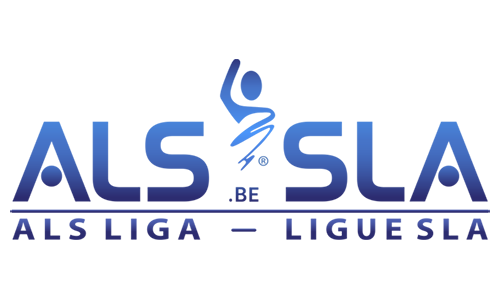C20 Modeling ALS – human neuromuscular junctions in a dish
27-11-2019
MNDA SYMPOSIUM PERTH DEC19 PRESENTATIONS
(shortened version)
Session 3A Synaptic pathology
Katarina S. Dittlau, Emily N. Krasnow, Laura Fumagalli, Tijs Vandoorne, Lisanne Terrie, Pieter Baatsen, Giorgia Giacomazzi, Maurilio Sampaolesi, Lieven Thorrez, Philip Van Damme, Ludo Van Den Bosch, Belgium
Background: The majority of research in ALS is focused on monoculture systems and transgenic animal models. These models have contributed immensely to our understanding of the underlying disease mechanisms but have proven less successful in their translational value. Studies in ALS show degradation of nerve terminals and neuromuscular junctions (NMJs) in early stages of disease, while the cell bodies only degenerate later. This ‘dying-back’ mechanism is believed to be a crucial element, and emerging studies focus on modelling this phenomenon in vitro to elucidate molecular mechanisms of early ALS pathology.
Objectives: To develop a reproducible co-culture system of human NMJs consisting of human iPSC-derived motor neurons and human myoprogenitor-derived myotubes in microfluidic devices to model patient NMJ pathophysiology in ALS.
Methods: Utilizing commercially available microfluidic devices, which allow both contact and fluidic isolation between cell types, human iPSC-derived motor neurons from FUS-ALS patients are cultured together with human myoprogenitor-derived myotubes. With this model, the formation and functionality of NMJs was studied, and the effects of ALS pathology were further addressed. Two FUSALS patients were systematically compared to their CRISPR/ Cas9 gene-edited isogenic controls.
Discussion and conclusions: This study presents a reproducible, all-human in vitro model of a motor-unit with functional neuromuscular junctions. We believe our model complements currently available ALS models and opens new opportunities to study NMJ biology in health and disease.
Acknowledgements: This research was supported by the Fulbright Commission to Belgium and Luxembourg, the VIB, the KU Leuven, the FWO-Vlaanderen, the Agency for Innovation by Science and Technology (IWT; SBOiPSCAF), the Thierry Latran Foundation, and the ALS Liga België. TV is supported by the FWO. The authors declare no conflicts of interest.
Source: Abstract Book symposium Perth


